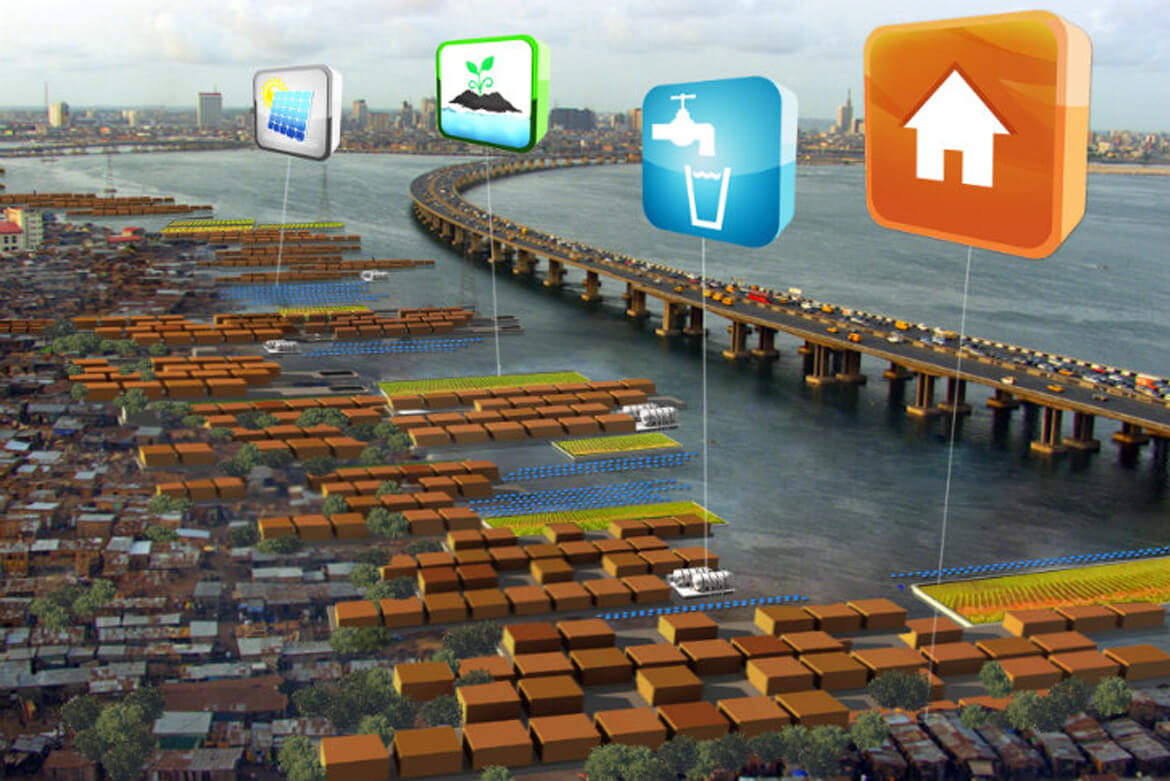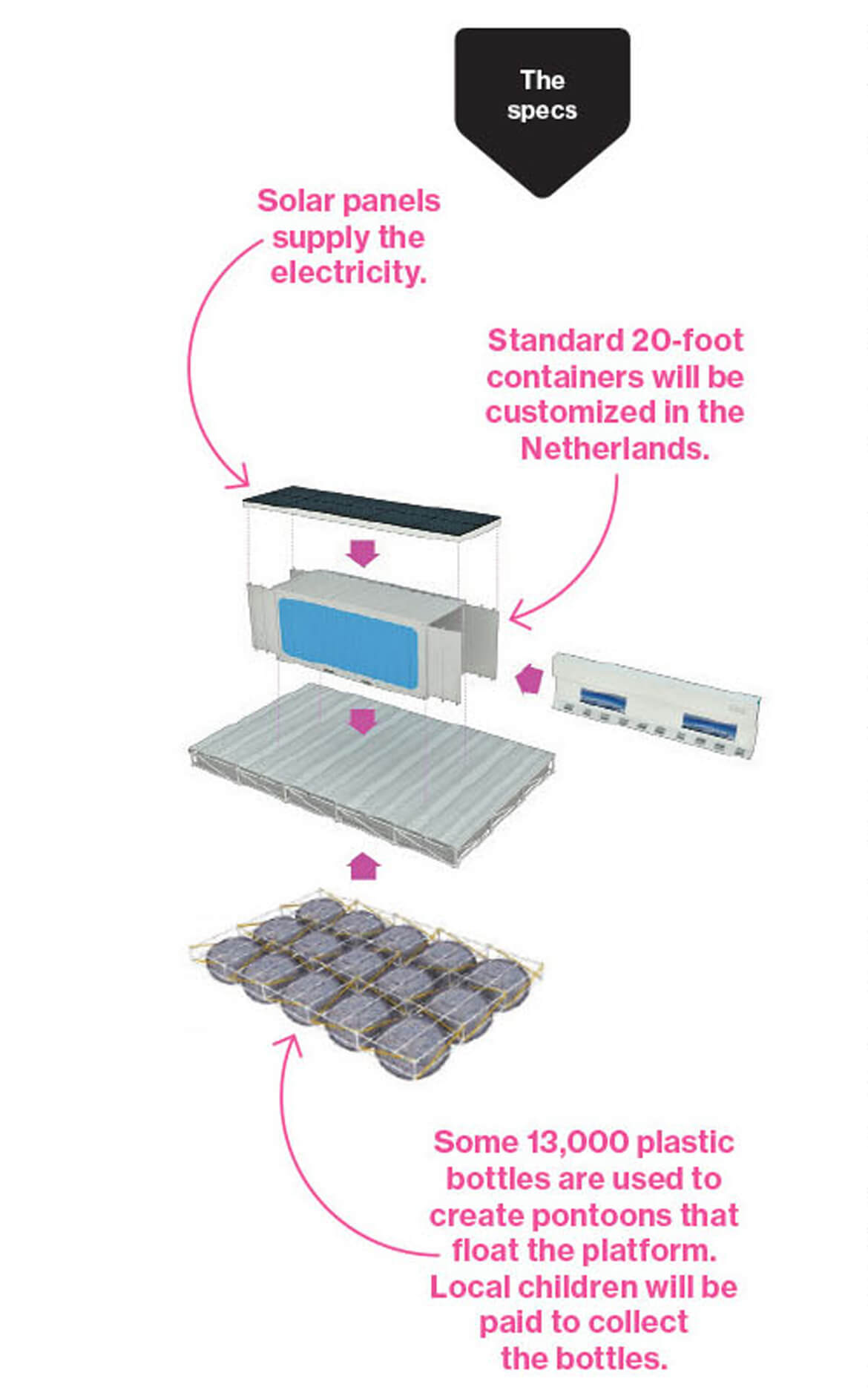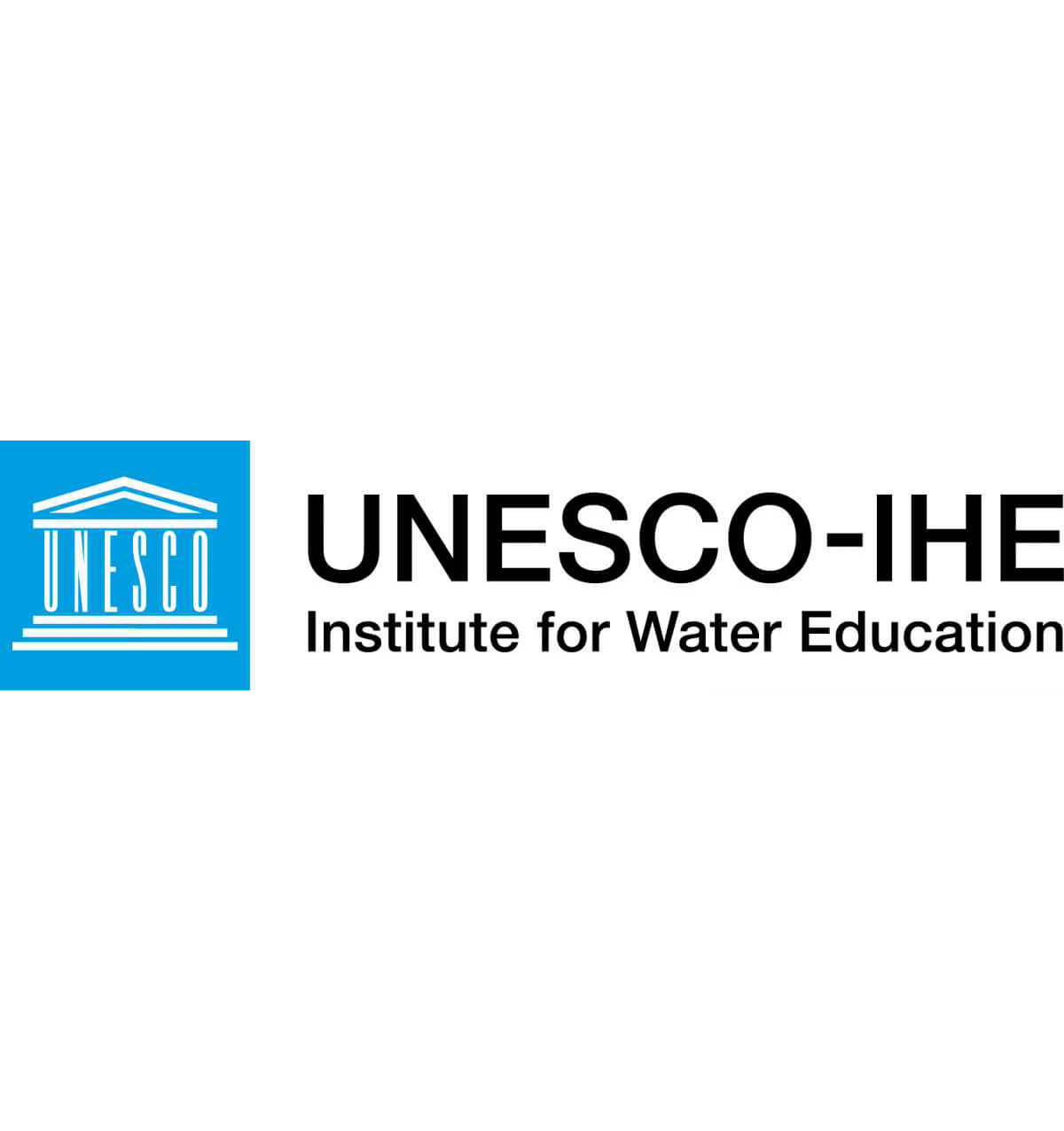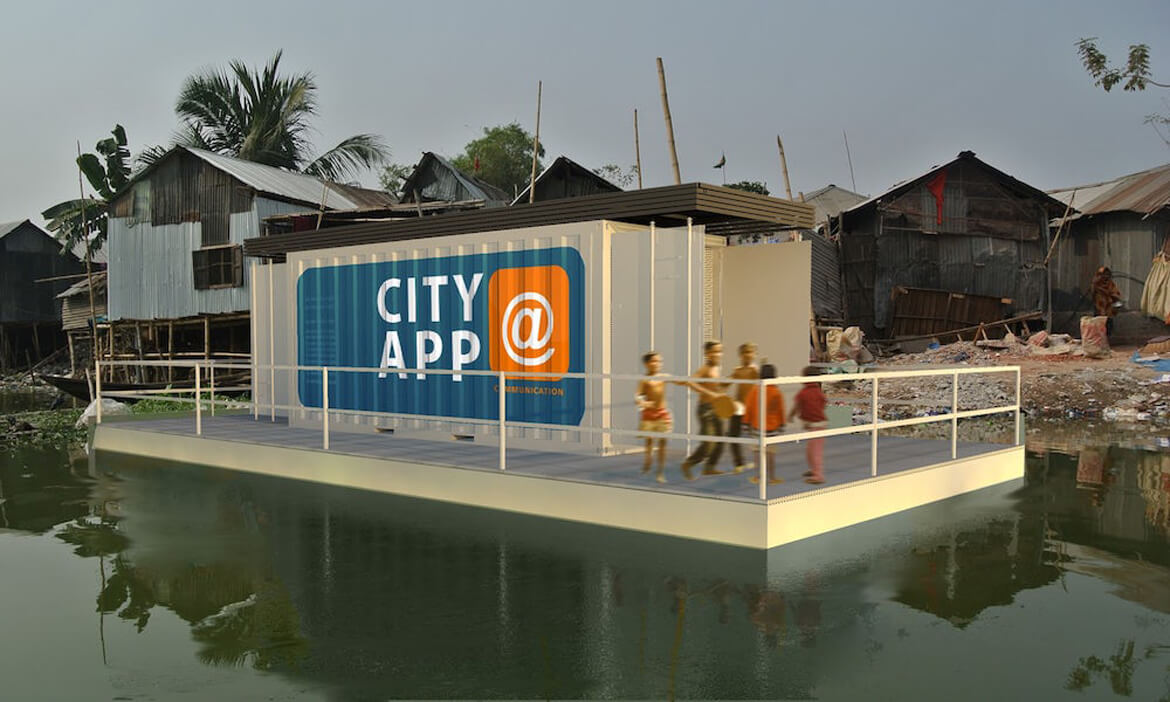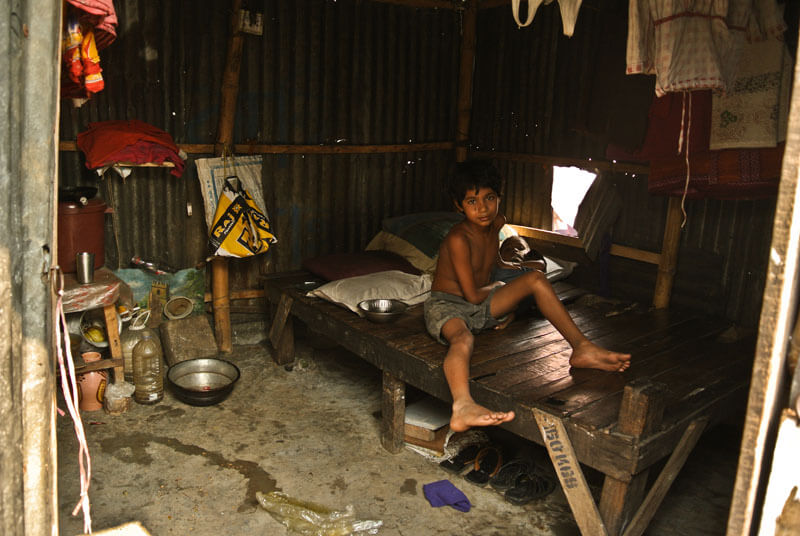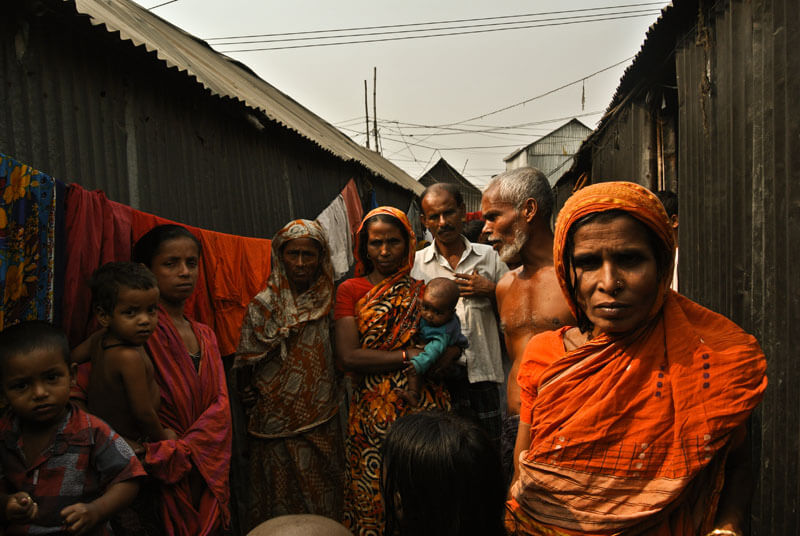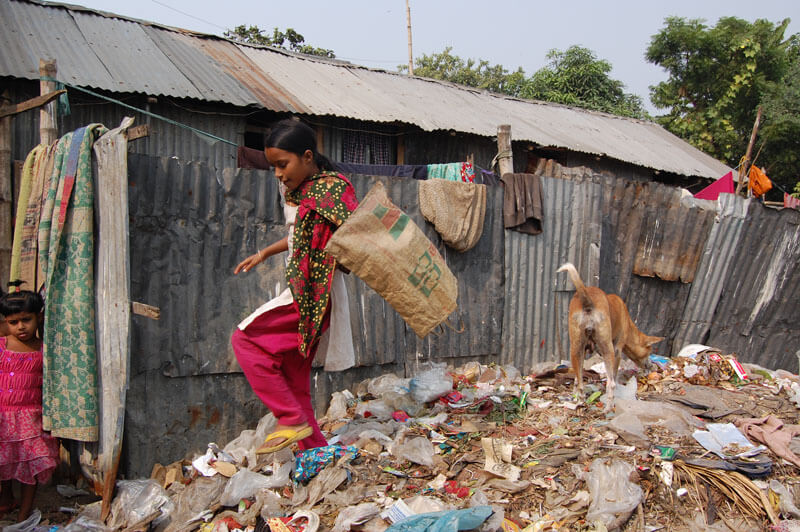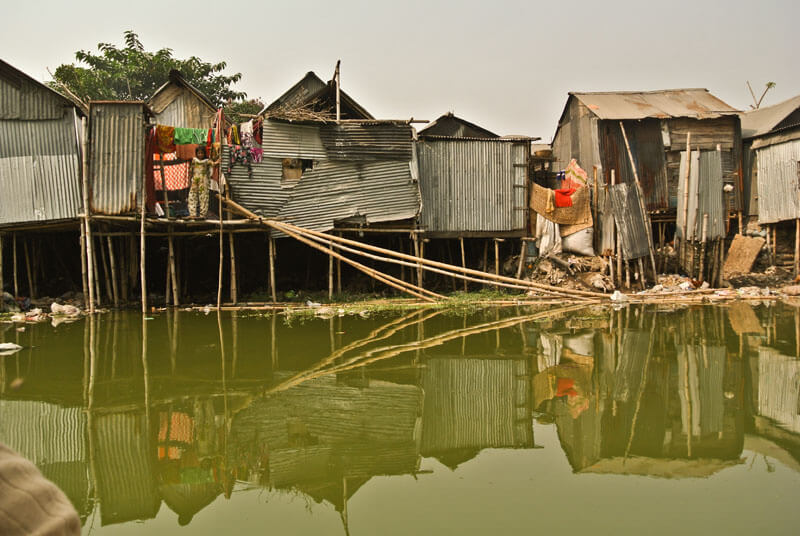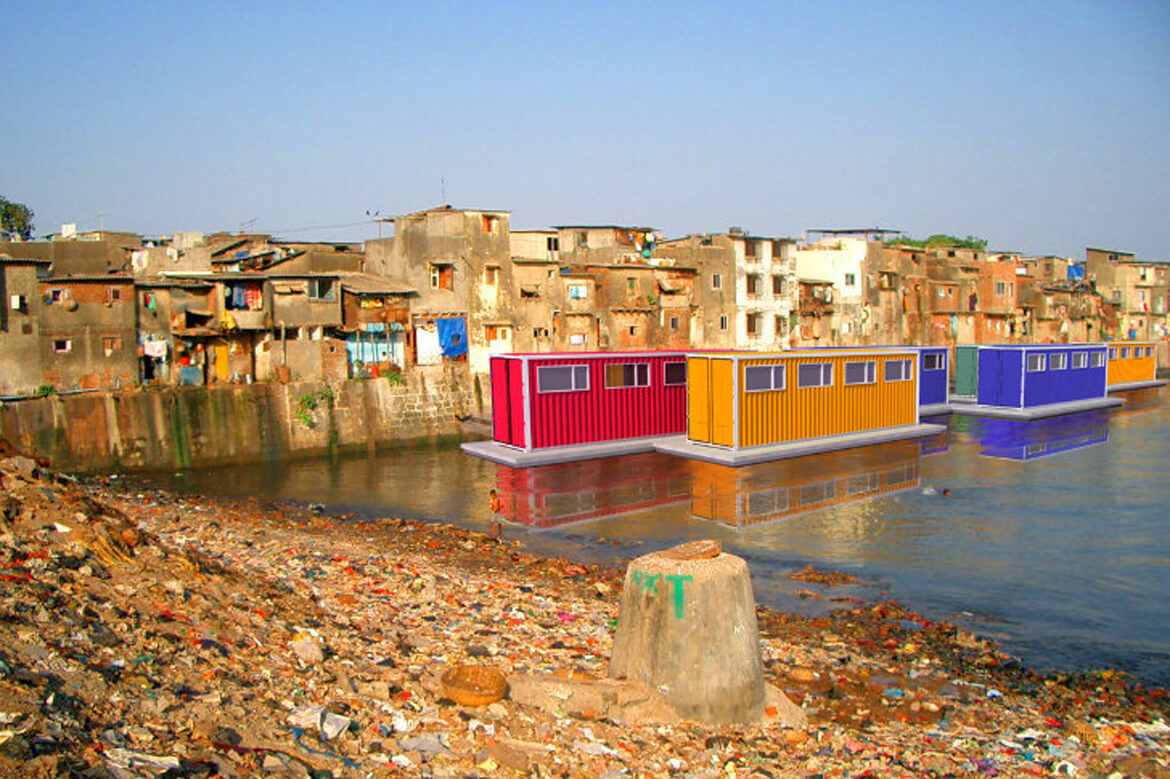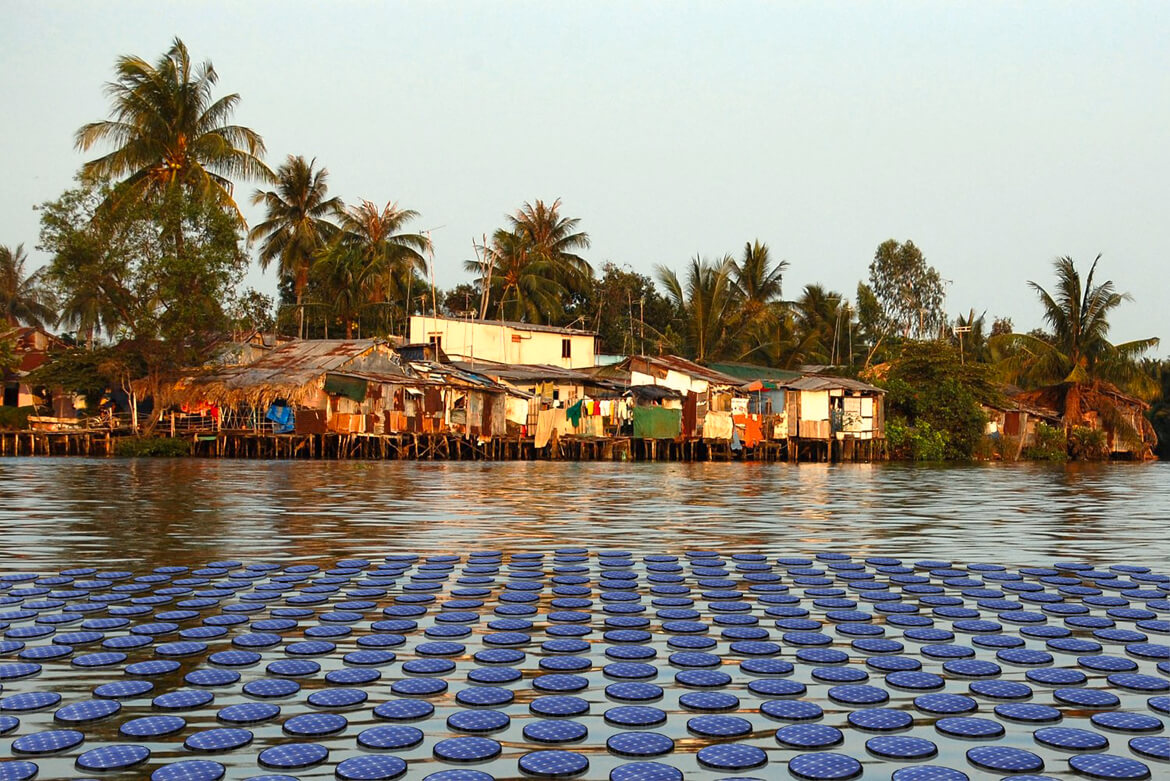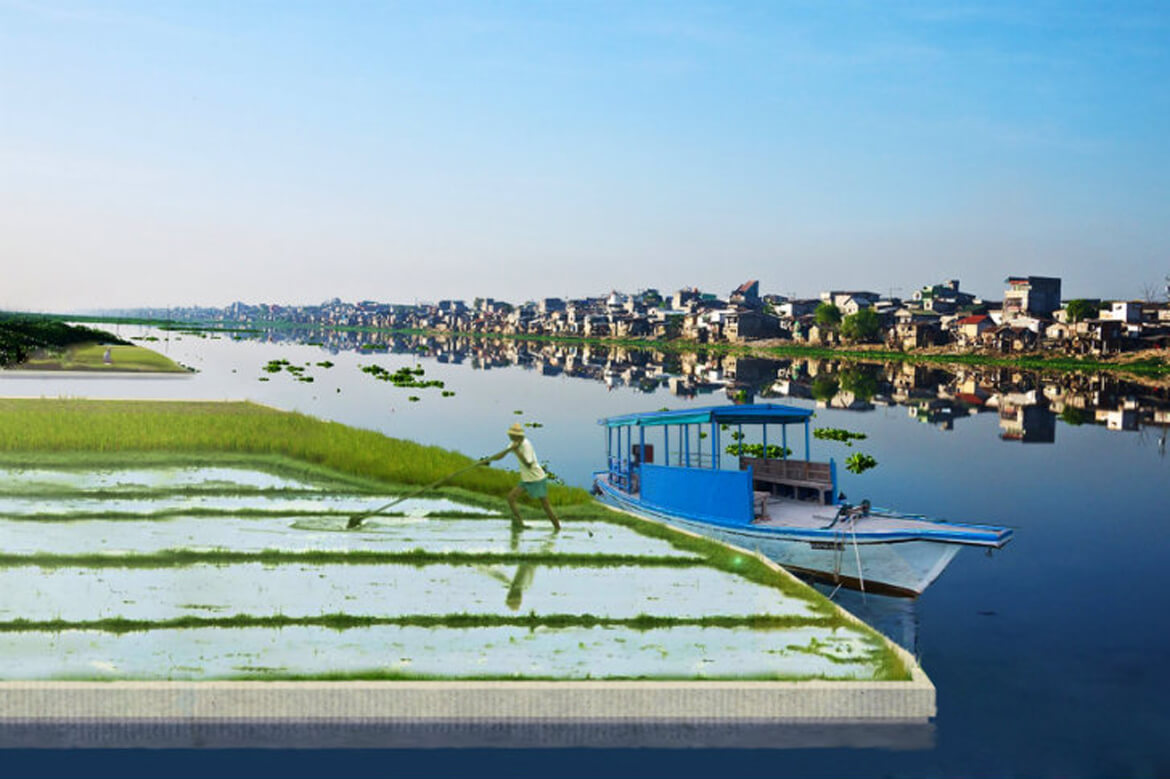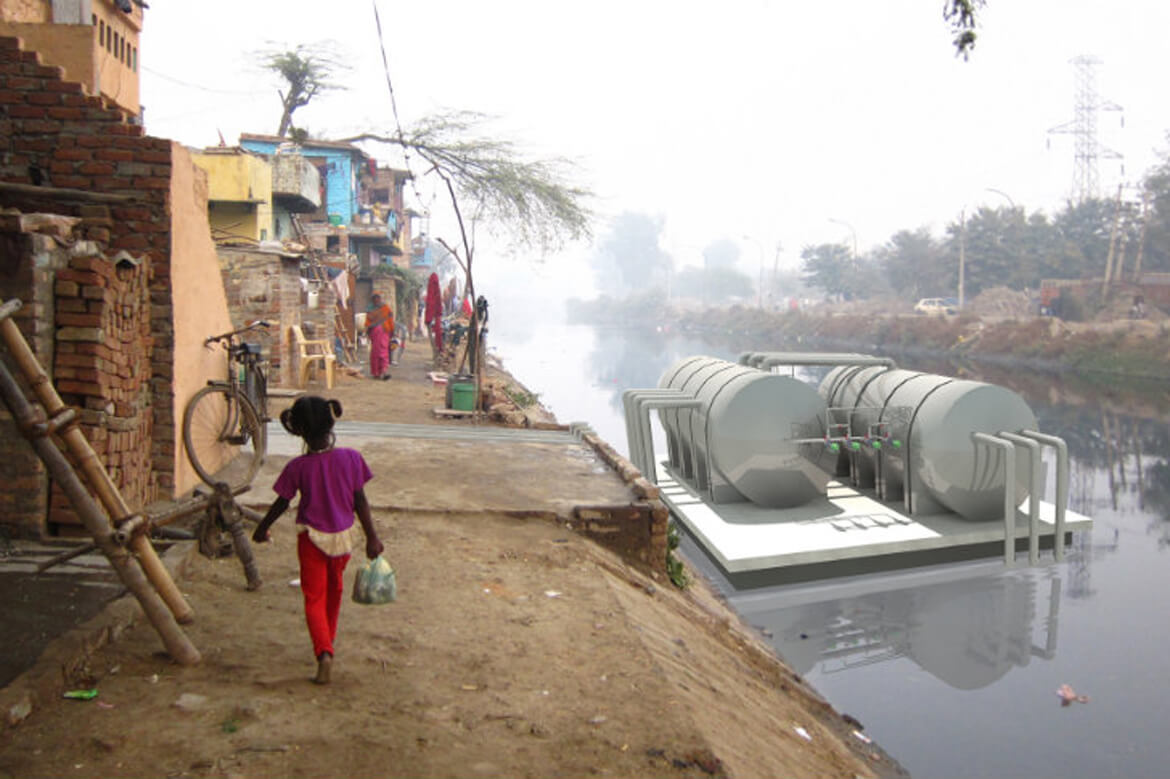Holding back the floods
By Scholastic
Science World
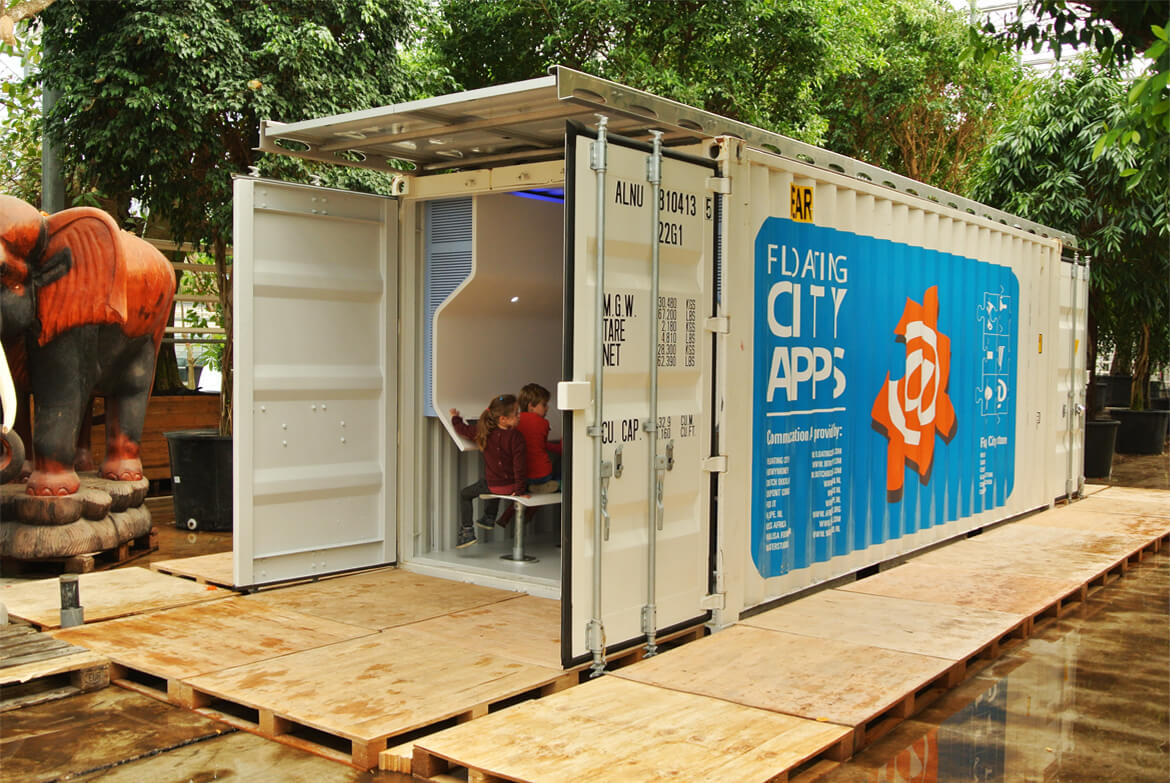 After one of the worst hurricane seasons on record, what can the U.S. learn from countries With centuries of experience managing floods?
After one of the worst hurricane seasons on record, what can the U.S. learn from countries With centuries of experience managing floods?
ESSENTIAL QUESTION: Why might collaboration be important when it comes to solving large engineering problems?
Last August, Hurricane Harvey barreled into the Texas coast. In just a few days, the storm dumped more than 1.2 meters (4 feet) of rain On Houston, America’s fourth inost-populous city, and surrounding areas. It set a new record for rainfall from a single storm and led to widespread flooding. Dozens of people died. Tens of thousands had to evacuate, with many still unable to return to their flood-damaged homes. Like Hurricane Sandy, which hit the Northeast five years earlier, and Hurricane Katrina, which devastated the Gulf Coast in 2005, Harvey demonstrated how vulnerabble U.S. coastal communities are to flooding. More than 120 million Americans—nearly 40 percent – live in a coastal county. And that, population is growing rapidly.
Scientists believe climate change could bring even more intense flooding to the U.S. Warming temperatures and shifting global climate patterns are not only raising sea levels but could also potentially cause more extreme storms. As a result., U.S. coastal communities are looking for ways to prepare for the future (see Fighting Poods Worldwide, p. 17) They’re gathering data locally and collaborating with experts around the world to identify the best strategies to keep people and essential facilities above water.
KEEPING A COUNTRY DRY
Perhaps no country on Earth has as much experience protecting against floods as the Netherlands. About a third of the small European nation’s land is below sea level—and much of that area would be underwater if not for centuries of expert engineering. “Flood protection is a huge part of our history and culture,” says Harold van Waveren, a senior adviser for the Dutch government’s flood-prevention agency. “Without it, our country wouldn’t exist.” Van Waveren lives near Amsterdam at a depth of 5 m (16 ft) below sea level in a polder—an area surrounded by walls, called dikes, that keep water out. The country has nearly 3,500 polders, protected by 40,000 kilometers (25,000 miles) of dikes and dams. Flood protections have continued to evolve since Dutch farmers built the first dikes a thousand years ago. A major storm in 1953 that flooded the southwest Netherlands and killed 1,800 people motivated the country to build the massive Delta Works. This project constructed new barriers and dams to protect against storm surges—increases in sea level due to wind and air pressure changes during storms. The project also included channels called sluices, which drain excess water during floods. The crown jewel of the Delta Works is the Maeslantkering (MANS-lau_mt-keh-ring), a giant barrier completed in 1997 that protects Rotterdam, one of the world’s busiest ports, from the sea. Ships must enter and exit the port, so building a permanent barrier that blocked the sea wouldn’t work. Instead, the government decided on a huge gate that remains open most of the time and swings shut during storms (see The Netherlands’ Giant Sea Gates, p. 15).
ROOM FOR THE RIVER
The Maeslantkering successfully held back the sea during a 2007 storm. But storm surges aren’t the Netherlands’ only flood threats: In 1995, dikes surrounding the narrow Waal River nearly failed during heavy rains, threatening the city of Nijmegen (NYE-may-ken). Some 200,000 people evacuated. “That led to a big change in our strategy,” says van Waveren. “Until then, we thought we could manage nature and have it do as we wanted. But we realized nature is sometimes stronger than we are. We had to stop fighting it and find ways to work with it.” Current flood protection strategies in the Netherlands focus on allowing nature to safely take its course during floods. Workers are restoring and protecting coastal lands like beaches, marshes, and dunes, which provide natural buffers against storms. At more than 30 sites around the country, engineers are also creating additional places where water can go. The city of Nijmegen is part of this program, which is called Room for the River. There, workers recently built an extra channel so river water can flow around the city when the level rises. Low-lying areas are being turned into parks, gardens, sports fields, and other amenities that can act as reservoirs for floodwaters in emergencies without harming people or infrastructure. Builders are also moving dikes farther from the river to create additional space for floodwaters.
BRINGING IT HOME
On the coast of Texas, the U.S. Army Corps of Engineers (USACE) is investigating similar plans to combat storm surges. “The biggest element we’re considering is a large gate structure in the Houston-Galveston area that could be closed if a storm is coming,” says Sharon Tirpak, who is overseeing the study. One possible design resembles the Maeslantkering. “If it’s chosen, it would be one of the largest structures in the world,” she says. For storms like Harvey that dump massive amounts of rain, a sea gate would do little to stop flooding. So the Texas study is also evaluating how natural features like wetlands could help absorb heavy rains. The fact that so much of Houston is covered in concrete is one reason it flooded so badly, says Henk Ovink, the Dutch special envoy for water affairs. His job is to share Dutch expertise in flood management with countries around the world. Restoring native prairies and wetlands, which can soak up water, could help protect Texas and other areas against future floods. A team from USACE recently visited the Netherlands to tour Dutch coastal defenses. And Dutch flood engineers came to the U.S. to compare methods for evaluating the stability of levees—our version of dikes. Ovink says the challenges ahead represent an opportunity for coastal communities to come together to innovate. “In the form of rising seas and storms, water gives a tangible meaning to climate change that we have to prepare for,” he says. “But we can do this. It doesn’t have to be something we fear.” —Jennifer Barone
Besides the Netherlands, other countries and cities around the world are developing innovative approaches to prevent and adapt to floods. Here are a few.
The city is building “green alleys” made with permeable materials like special kinds of concrete and paving stones that allow water to pass through or between them instead of collecting on the surface.
FUTURE CITY: Gardens and trees line a public space. )
STORM MODE: Soil and channels help absorb and divert water.
CHINA is constructing 16 “sponge cities” that incorporate wetlands and rooftops covered with plants. The plants will soak up water, and the wetlands will store water during storms.
BANGLADESH
A new project will bring five floating shipping containers—including essential facilities like a floating classroom and a kitchen—to a flood-prone neighborhood.
(WATERSTUDIO)


